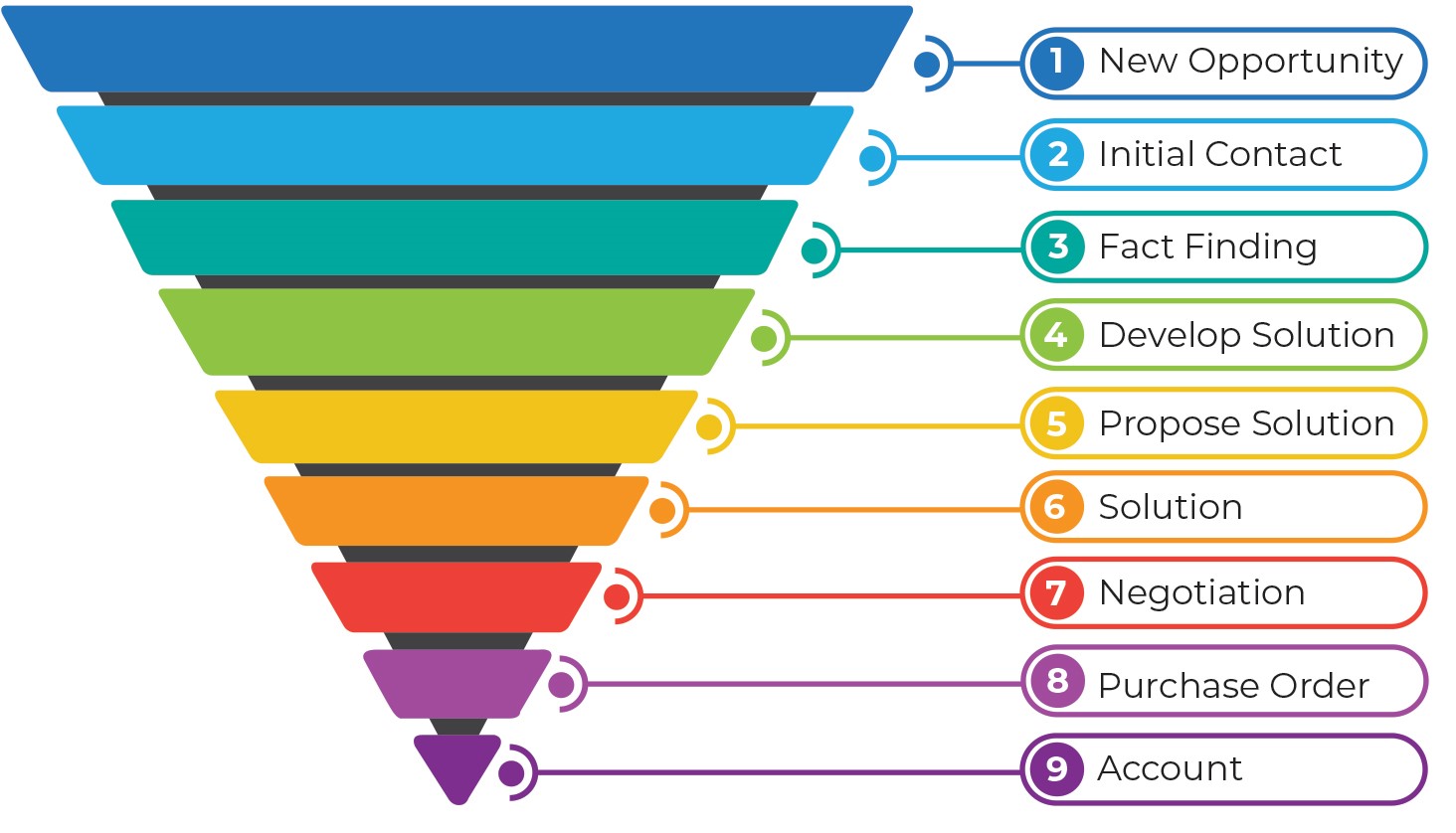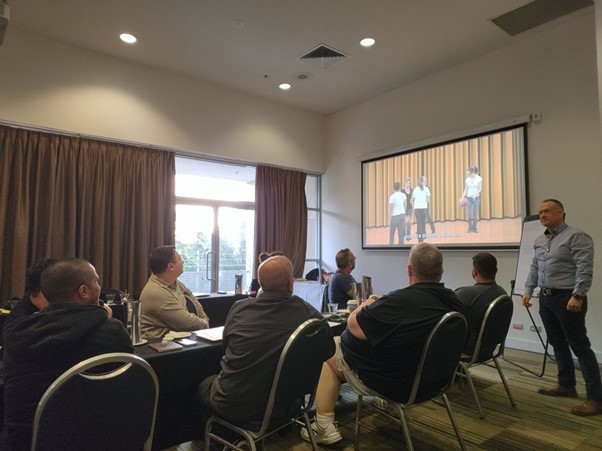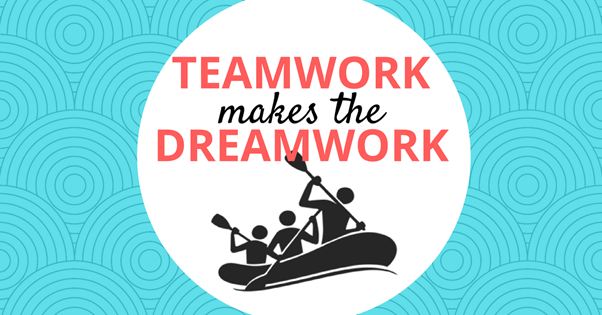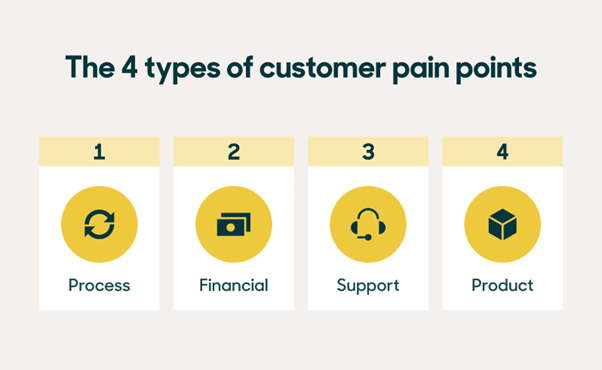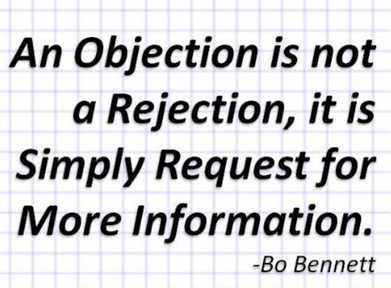Google, Google on the wall, who is the best Sales and Leadership Trainer of them ALL?
A great deal of research is conducted into many industries, but the Sales Training industry seems to be left to its own devices.
Unless the “unsuspecting” business leaders do the research that I have done below, they are potentially hiring people with no background or track record. Also, there are no governing bodies to help them.
Many so called “sales trainers” are people who couldn’t cut it and then decided to set up a “training” business. Most only last a few months, but long enough to do real damage to an important industry.

Determining the “best” sales and leadership training companies can be subjective and may depend on specific needs, preferences, and the industry you’re in. However, I can provide you with a list of 14 reputable companies in Australia along with some reasons why they are well-regarded:

1. The KONA Group Australia – 5 Star Google rating with 26 reviews
The KONA Group is Australian owned and is known for its 20+ years heritage of providing highly tailored Sales, Leadership, Negotiation, and growth effectiveness methodologies with real life experiences with fortune 500 companies.
2. SWISH Sales Coaching Sydney– 5 Star Google rating with 16 reviews
SWISH sales coaching in Sydney claims to teach you the secrets to sales success using the techniques and strategies employed by the world’s top 1% of salespeople.
3. FranklinCovey Australia – 5 Star Google rating with 6 reviews
FranklinCovey is known for its time-tested leadership and personal effectiveness methodologies, such as the 7 Habits of Highly Effective People.
4. PD Training Australia – 5 Star Google rating with 4 reviews
Their purpose is to help your organisation provide training and development to its people that is on target, fun, retained and above all helps them achieve their goals.
5. Healthy Business Builder – 5 Star Google rating with 2 reviews
www.healthybusinessbuilder.com.au
Build a reputation on experience in business giving customers access to proven marketing and sales strategies that will grow a healthy business.
The main objective is to help/guide business owners to stay focused and remain on target, build networking and business skills, manage time more effectively, reduce stress and increase profit. Mandate is to give your company more direction in setting strategic goals.
6. SalesStar Australia – 5 Star Google rating with 1 review
SalesStar specialises in sales training and coaching, offering programs that aim to boost sales performance and revenue.
7. Institute of Managers and Leaders (IML) – 5 Star Google rating with 1 review
IML offers leadership development programs and resources and is known for its commitment to promoting ethical leadership.
8. Dale Carnegie Australia – No Google reviews to refer to.
www.dalecarnegietraining.com.au
Dale Carnegie has a long history of providing leadership and sales training, with a focus on interpersonal skills, communication, and self-confidence.
9. Leadership Management Australia (LMA) – No Google reviews to refer to.
LMA offers a comprehensive range of leadership and management programs designed to develop practical skills and drive organisational success.
10. AIM (Australian Institute of Management) – No Google reviews to refer to.
AIM is a well-respected institution that provides a wide range of management and leadership courses, along with networking opportunities.
11. Sales Ethos – No Google reviews to refer to.
Sales Ethos focuses on sales training and consultative selling techniques to help businesses improve their sales processes and results.
12. RedSeed – No Google reviews to refer to.
RedSeed specialises in retail sales training, with a focus on e-learning solutions and improving customer service skills.
13. The Sales Edge – No Google reviews to refer to.
The Sales Edge provides practical sales training programs that help sales professionals close deals and build long-term customer relationships.
14. ProSales Connection – No Google reviews to refer to.
ProSales Connection offers a range of sales training and consulting services, with a focus on lead generation and pipeline management.
The reasons why these companies are considered among the top sales training companies include:
- Their track record of success
- The quality of their training materials and methodologies
- Experienced trainers
- Their ability to tailor programs to meet the specific needs of their clients
Additionally, client reviews and testimonials play a significant role in determining their reputation in the industry.

How do you choose a supplier?
To find the best fit for your organisation’s training or professional development needs, it’s important to conduct thorough research, consider your specific goals, and possibly consult with representatives from these companies to discuss your requirements in more detail.
Choosing the best sales training and leadership company is crucial for the success of your sales team and your business. Here are some steps to help you select the right sales training provider:
Identify Your Needs:
Before you start searching for a sales training company, assess your specific needs and goals. Determine what areas of sales you want to improve, such as:
- Prospecting
- Closing deals
- Objection handling
- Customer relationship management
Define Your Budget:
Determine how much you can allocate to sales training. Consider both the direct costs of training and the potential returns on investment (ROI) from improved sales performance.
Research Potential Providers:
Start by researching potential sales training providers online. Look for companies or individuals with a strong reputation in the industry.
Check Credentials and Experience:
Evaluate the credentials and experience of the trainers. Look for trainers who have a track record of success in sales or extensive experience in sales training.

Read Reviews and Testimonials:
Look for reviews and testimonials from previous clients. This can provide insights into the effectiveness and quality of the training programs.
Request References:
Ask the sales training company for references from past clients. Contact these references to get feedback on their experiences and results achieved through the training.
Assess Training Content:
Review the content of the training programs offered. Ensure that the training materials align with your specific needs and goals. Look for a comprehensive curriculum that covers all relevant aspects of sales and leadership.
Delivery Methods:
Consider the delivery methods used by the provider. Some training programs are delivered in-person, while others are offered online or through a blended approach. Choose the format that suits your team’s preferences and logistics.
Customisation Options:
Determine whether the training can be customised to address your unique challenges and industry-specific requirements. Customisation can make the training more effective.
Evaluate Support and Resources:
Inquire about the post-training support and resources offered by the provider. Will they provide ongoing coaching, access to materials, or additional resources to reinforce the training?
ROI Measurement:
Ask the provider how they measure the ROI of their training programs. A reputable provider should be able to provide a clear framework for tracking and evaluating the impact of the training on your sales team’s performance.
Conduct Interviews:
If possible, conduct interviews with the trainers or representatives of the potential training provider. This will give you a chance to ask specific questions and assess their expertise and communication style.

Compare Costs:
Compare the costs of different training providers while considering the value and quality they offer.
Don’t simply choose the cheapest option, as quality and results should be the primary considerations.
Seek Feedback from Your Sales Team:
Involve your sales team in the decision-making process.
Get their input on the potential training providers and programs to ensure that they are comfortable with the choice.
Make a Decision:
Based on your research, evaluations, and budget considerations, make an informed decision on the sales training provider that best fits your needs.
Remember that the success of your sales training program depends on the quality of the provider and the commitment of your sales team to actively participate and apply what they’ve learned. Keep communication open and continually assess the effectiveness of the training to make necessary adjustments.
Things to be aware of when choosing a supplier:
The effectiveness of sales training providers can vary widely, and what is considered the “best” provider may vary depending on your specific needs and goals. However, here are some general pros and cons to consider when evaluating different sales training providers:

Pros:
Improved Sales Performance: Effective sales training can lead to improved sales skills, better closing rates, and increased revenue for your organisation.
Customisation: Many top sales training providers offer customised programs to meet your specific industry, company, and sales team needs.
Experienced Instructors: The best providers often employ experienced sales professionals and trainers who can offer valuable real-world insights.
Comprehensive Curriculum: Leading sales training providers typically offer a wide range of training topics, from basic sales techniques to advanced strategies.
Measurable Results: They often provide tools and metrics to track the effectiveness of the training, allowing you to measure the ROI.
Networking Opportunities: Some providers offer opportunities for sales professionals to network with peers and industry experts.
Continuous Learning: Many top providers offer ongoing training and support to ensure that sales teams continue to improve over time.
Cons:
Cost: High-quality sales training can be expensive, especially if you opt for customised programs or top-tier providers.
Time-Consuming: Sales training often takes time away from selling activities, which can impact short-term results.
One-Size-Fits-All: Some providers may have a rigid curriculum that doesn’t fully align with your unique sales challenges.
Resistance to Change: Sales teams may resist new training methods or approaches, leading to slow adoption and implementation.
Lack of Follow-Up: Even with excellent training, if there’s no ongoing support or reinforcement, the initial benefits may diminish over time.
Limited Industry Knowledge: Some providers may not have expertise in your specific industry, which can limit the relevance of their training.
Overpromising: Be cautious of providers who promise miraculous results or quick fixes, as sales improvement often requires ongoing effort and practice.
When you are looking for the best sales and leadership training provider, it’s essential to consider your organisation’s unique needs, budget, and long-term goals. Research, reviews, and referrals from other businesses in your industry can help you identify the best fit for your sales team. Additionally, make sure to assess the potential provider’s track record and success stories to ensure they can deliver on their promises.
Contact KONA today to discuss what we can do for your business. Call 1300 611 288 or
Email info@kona.com.au






